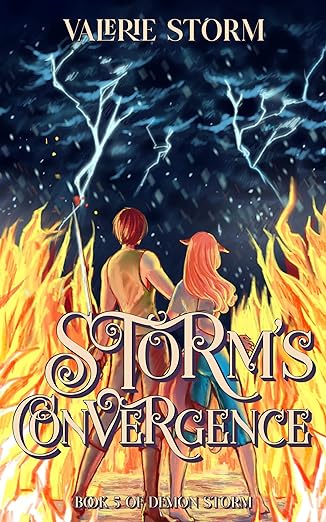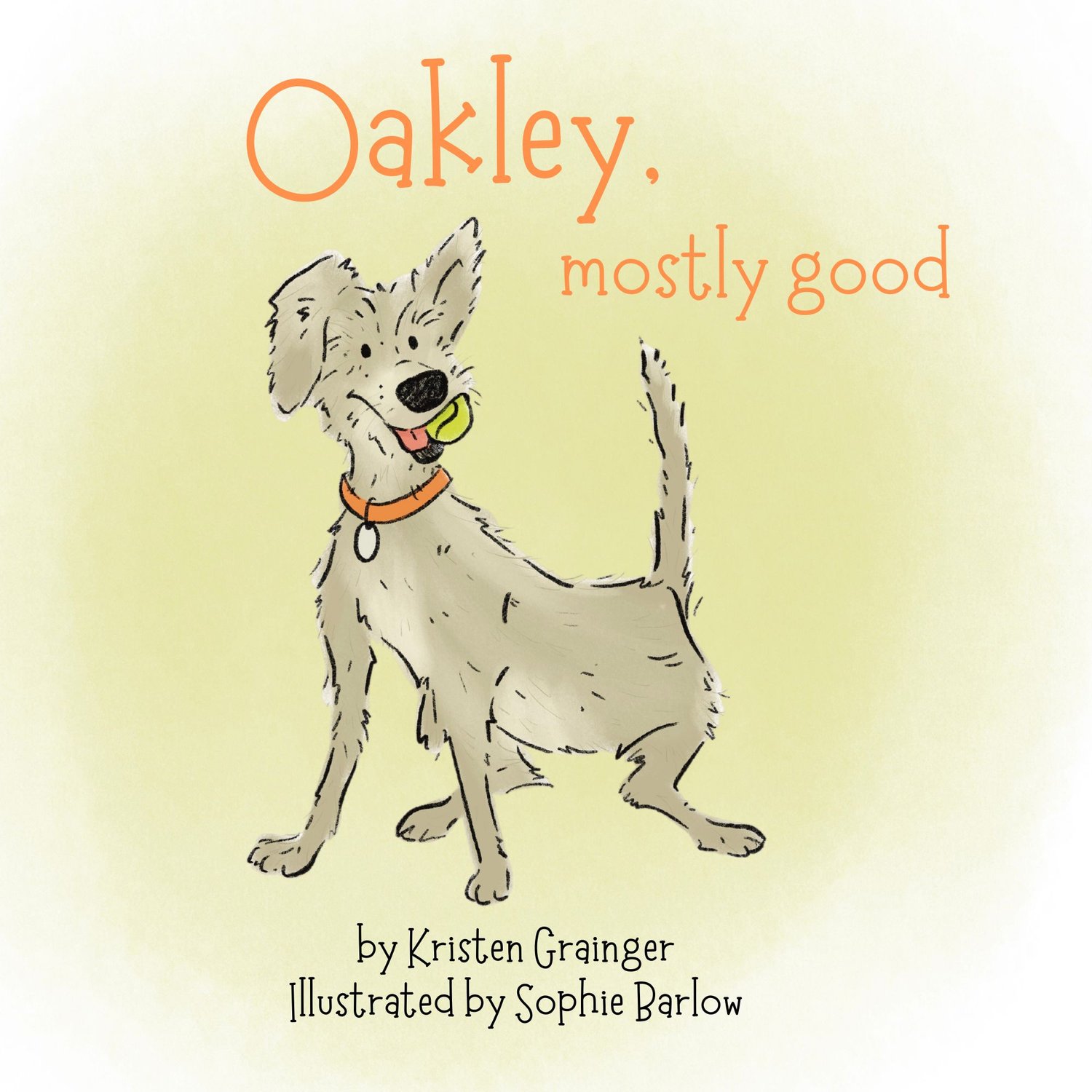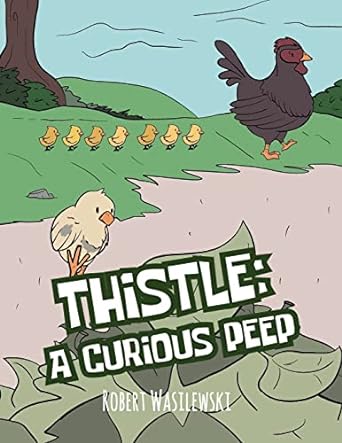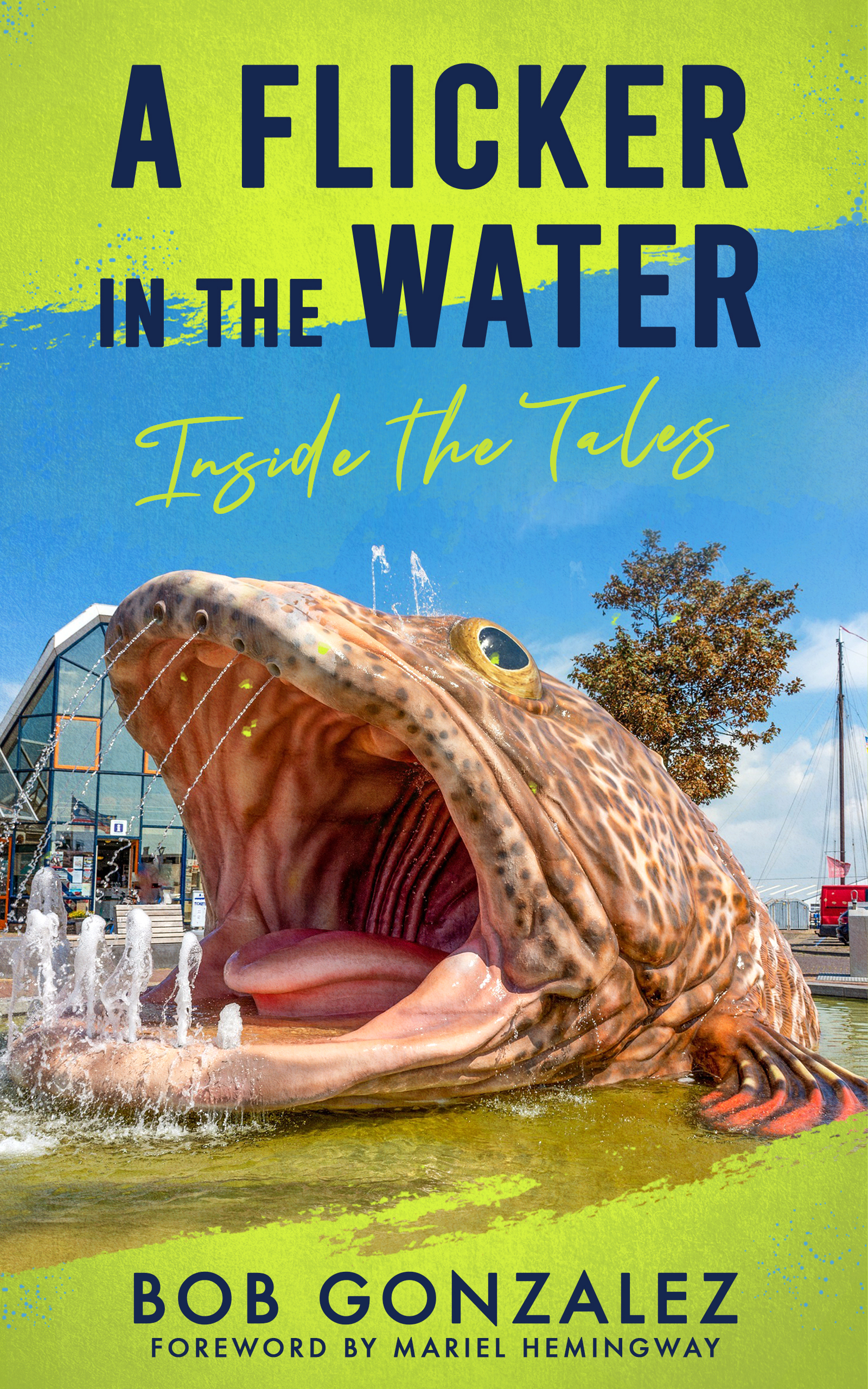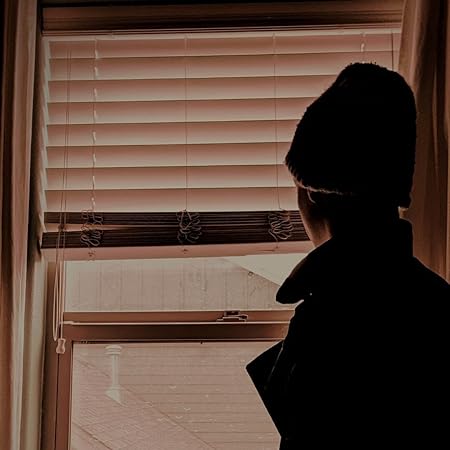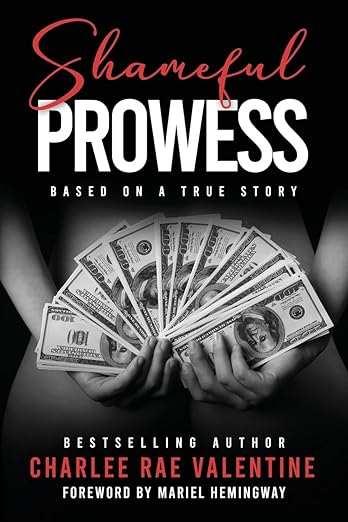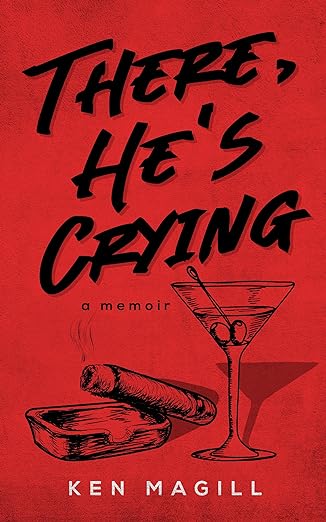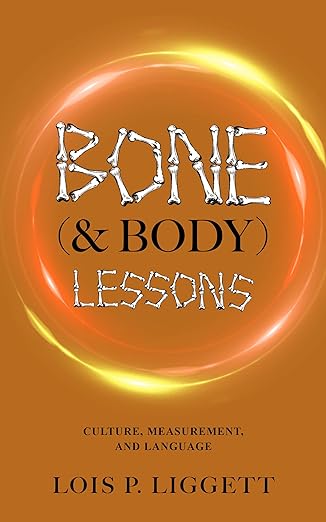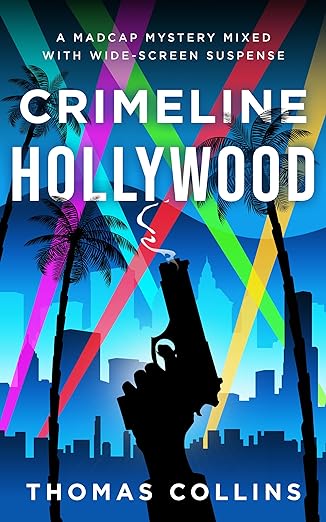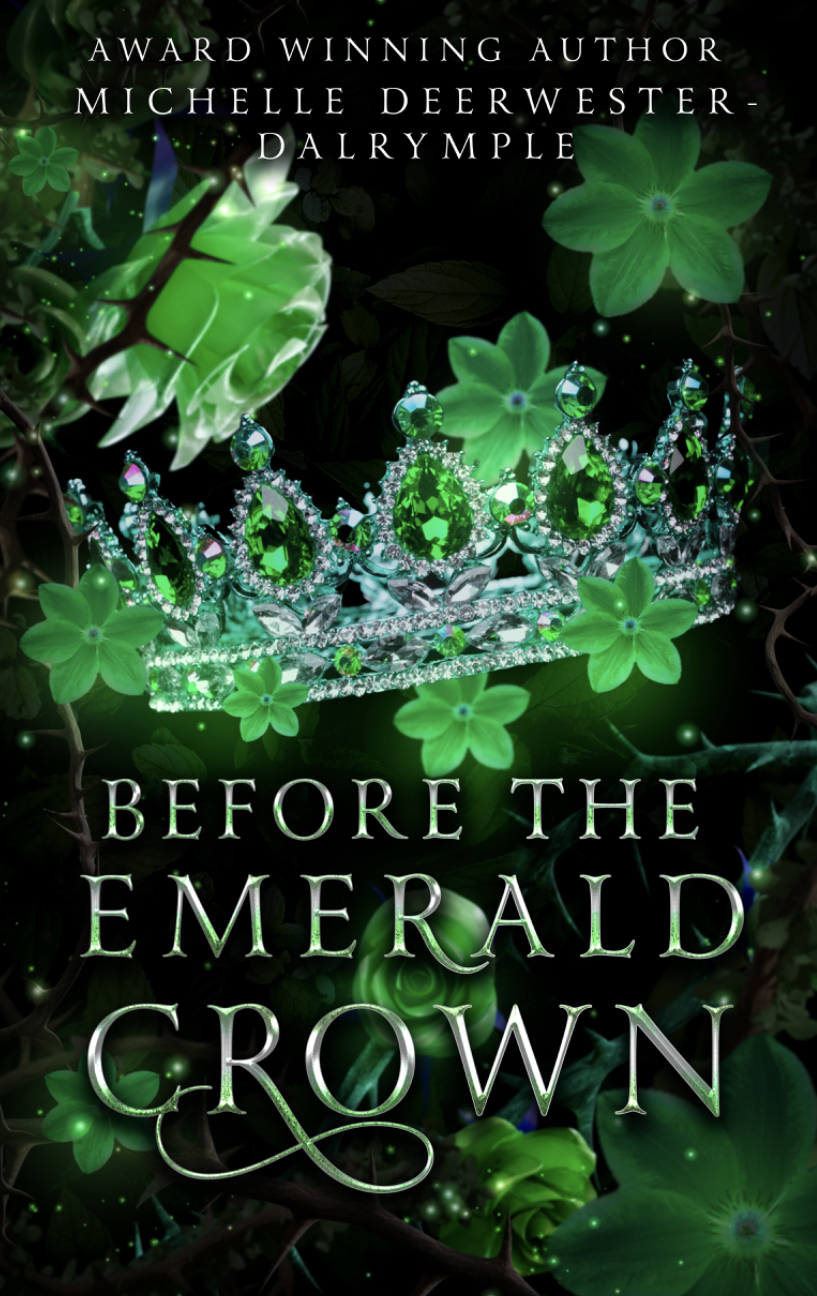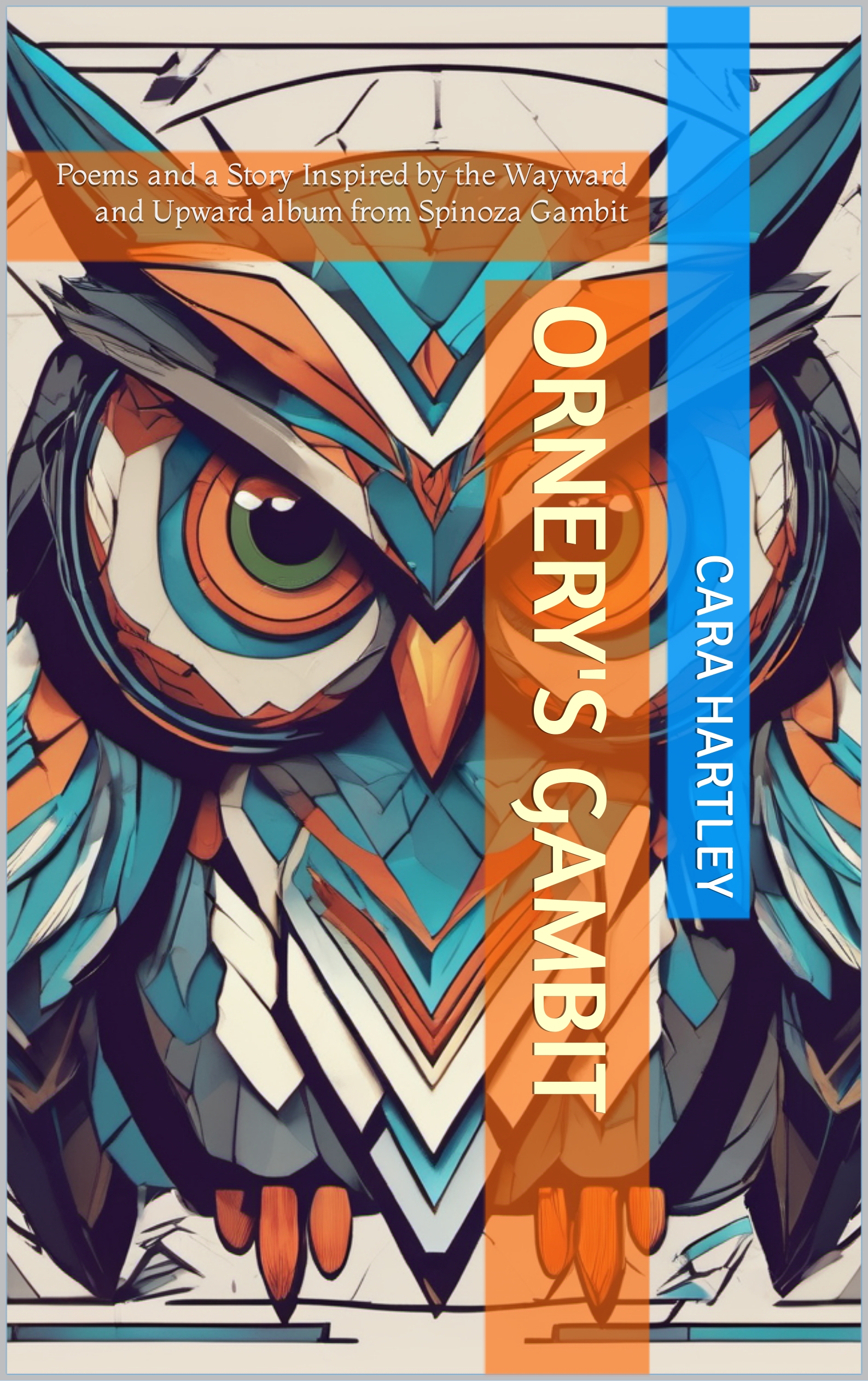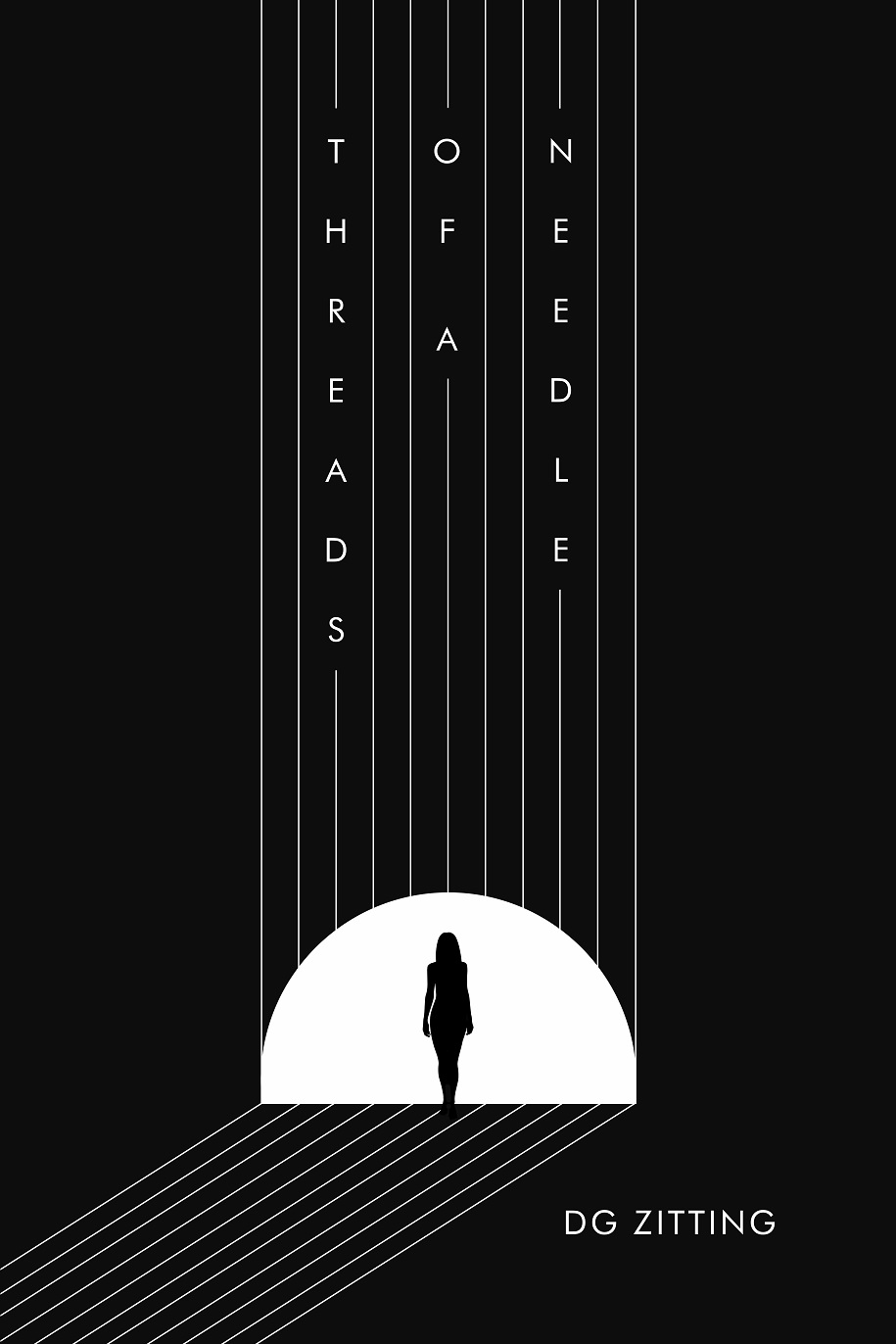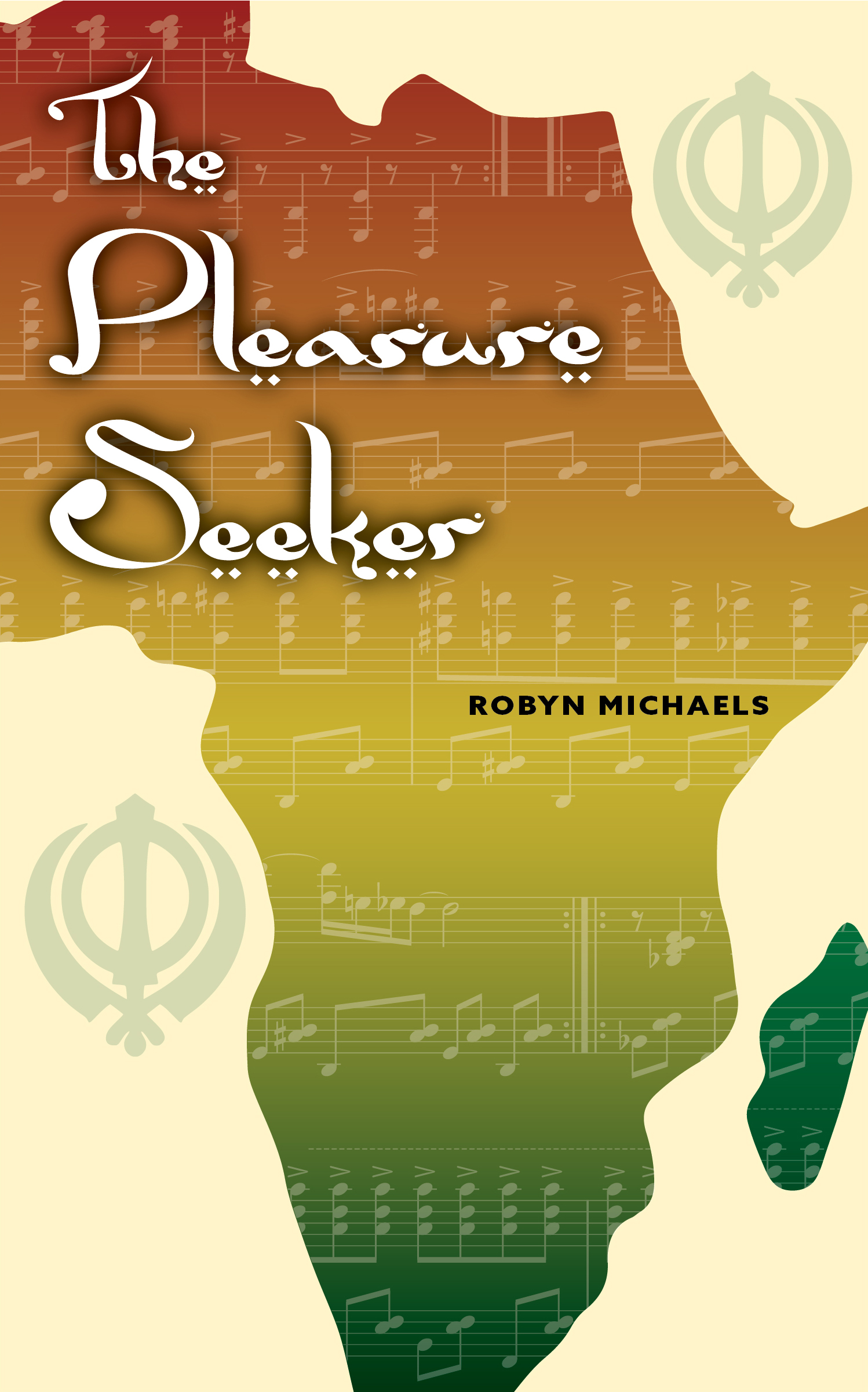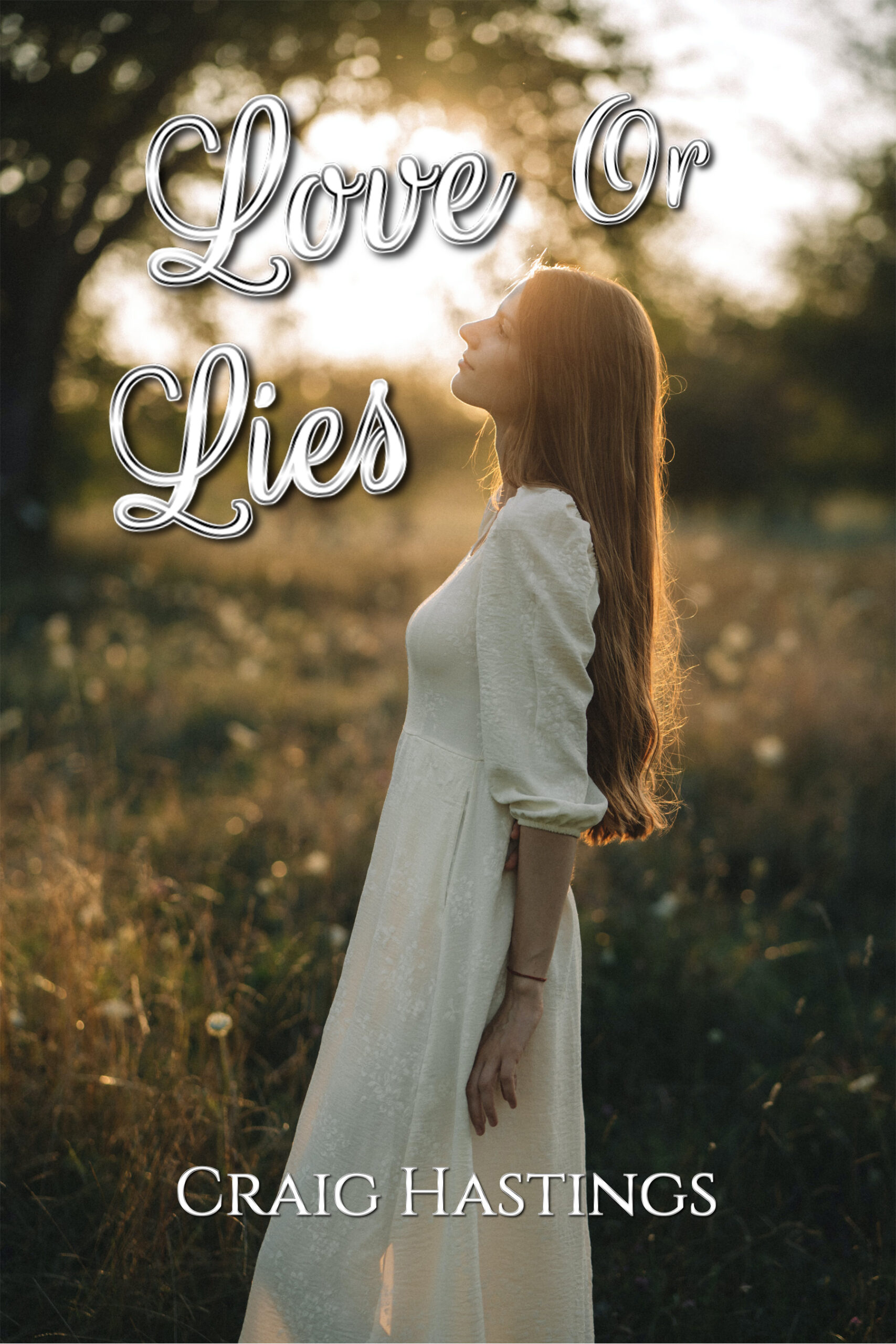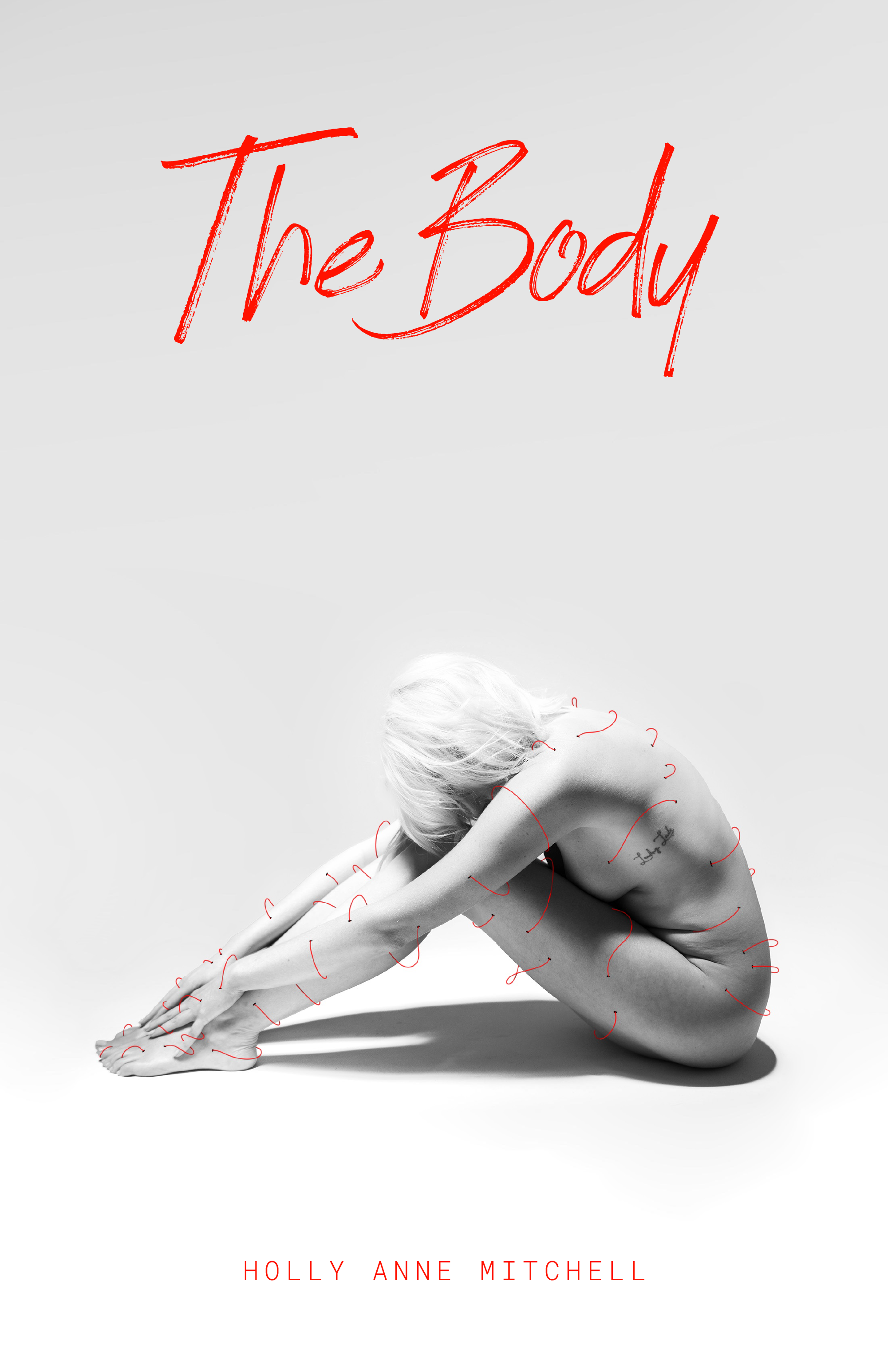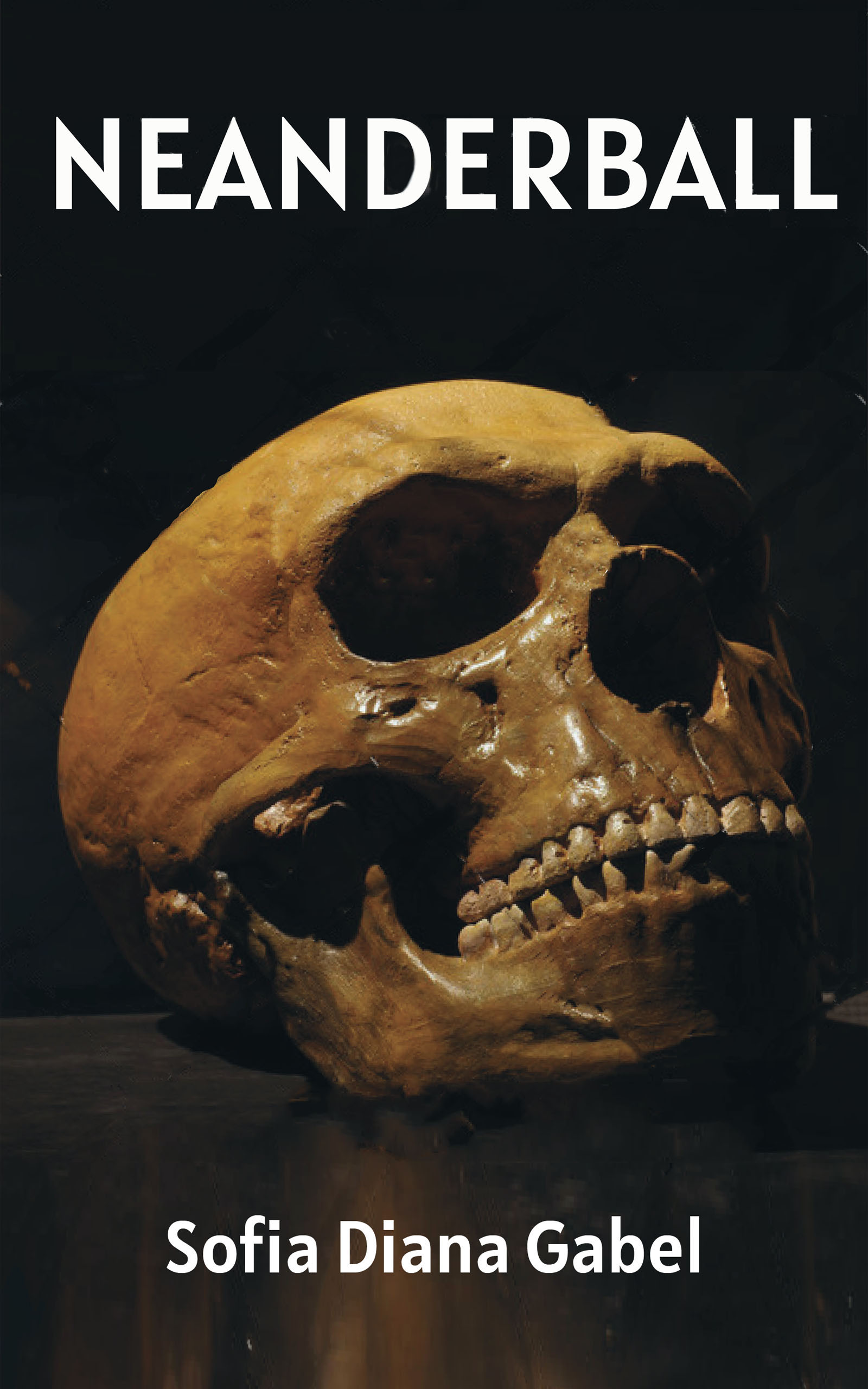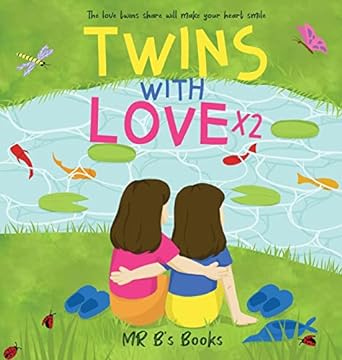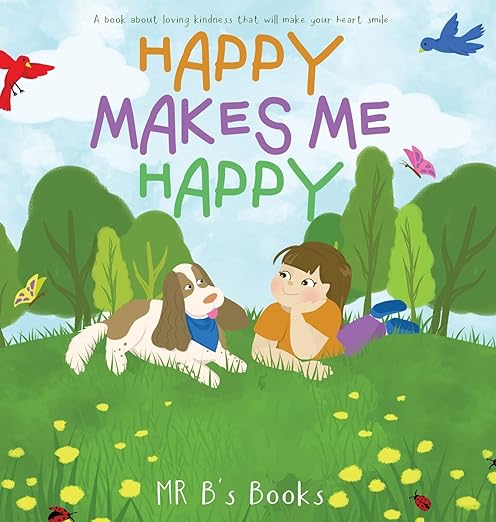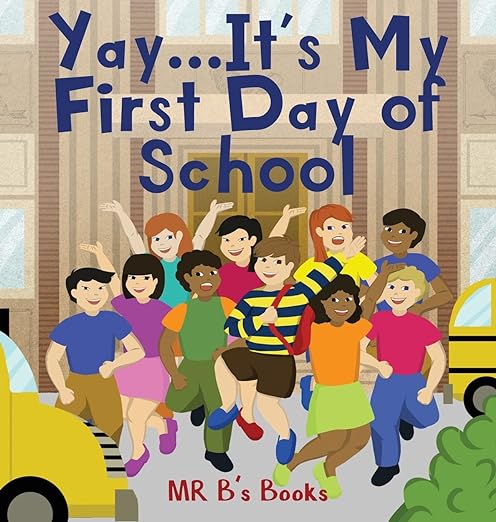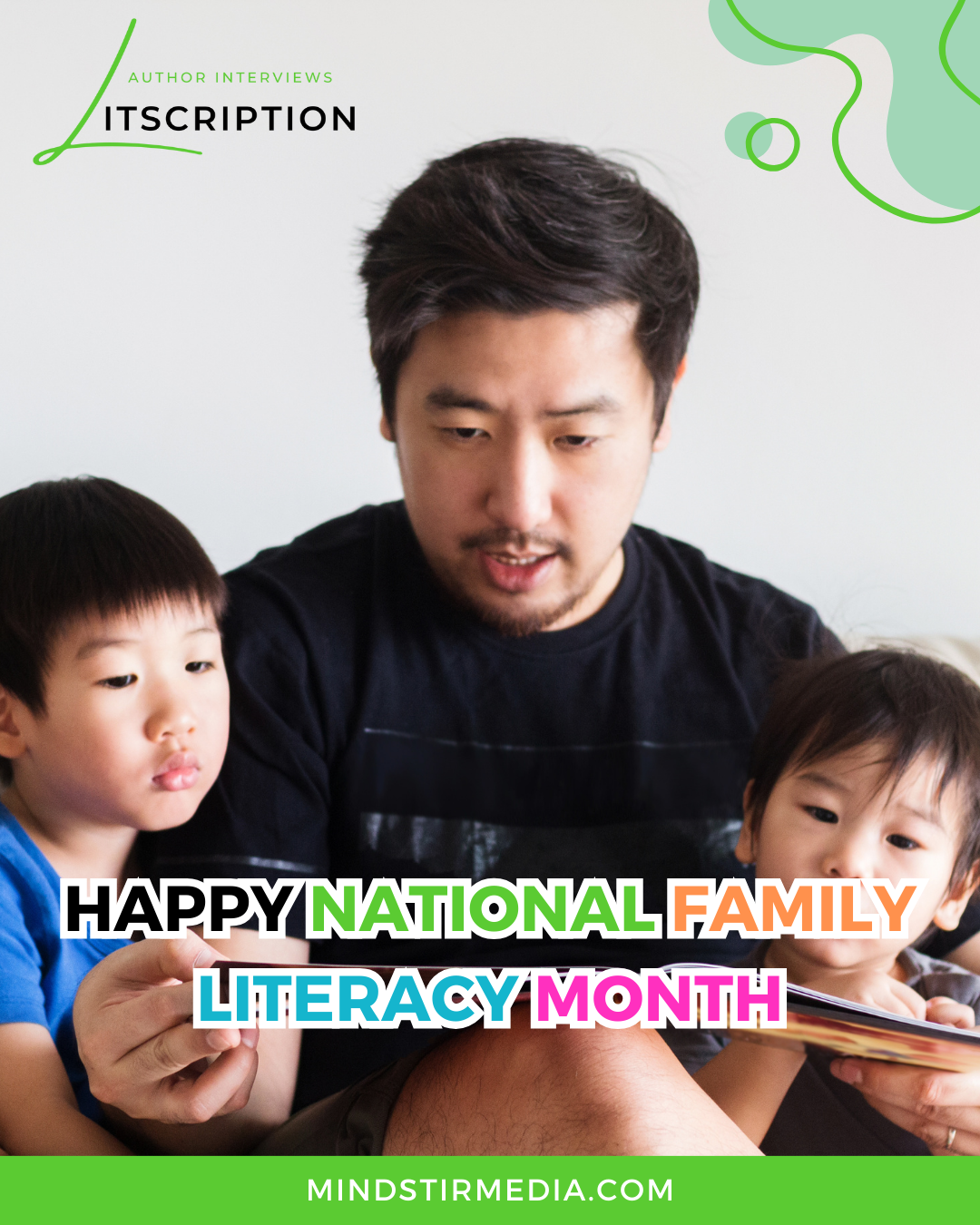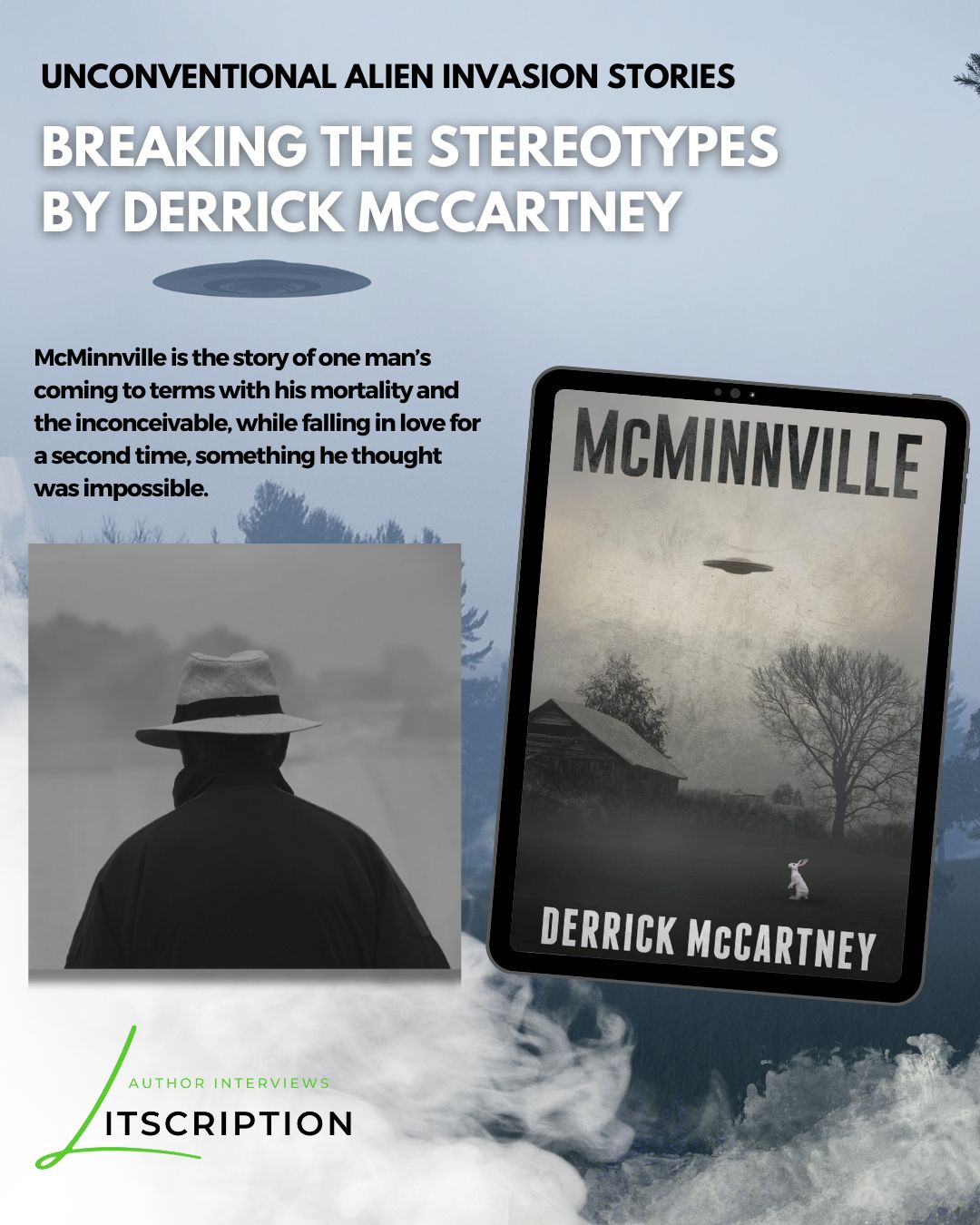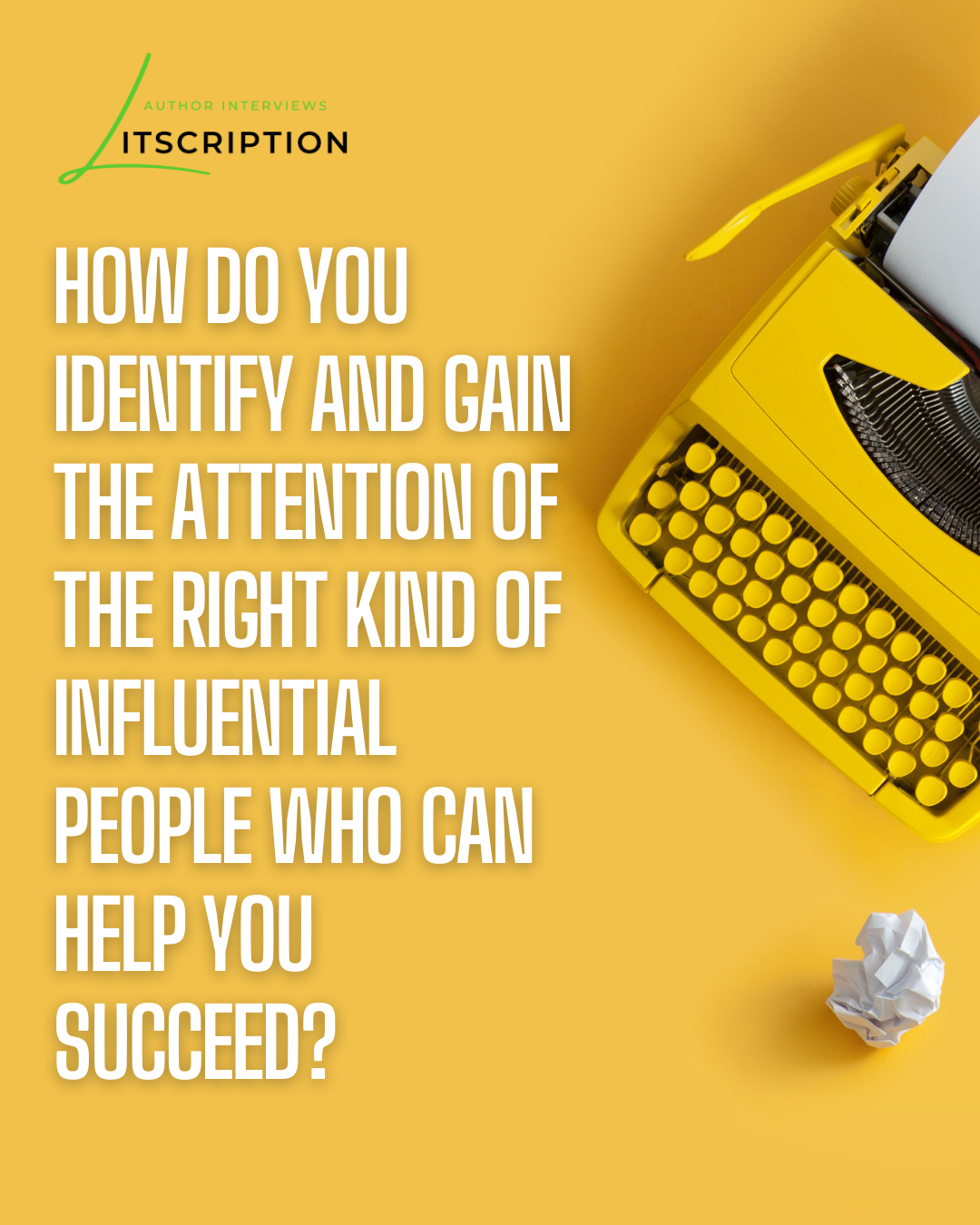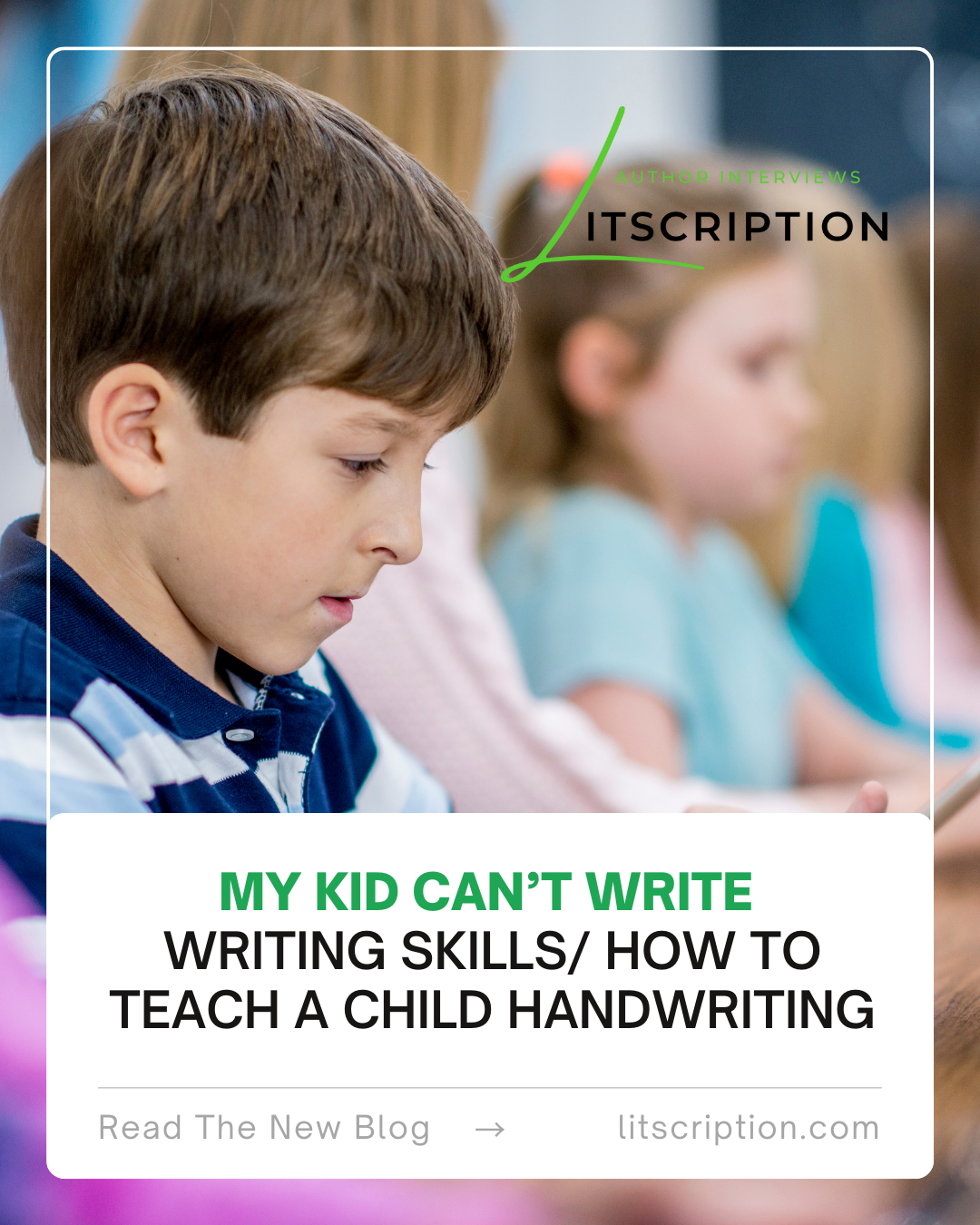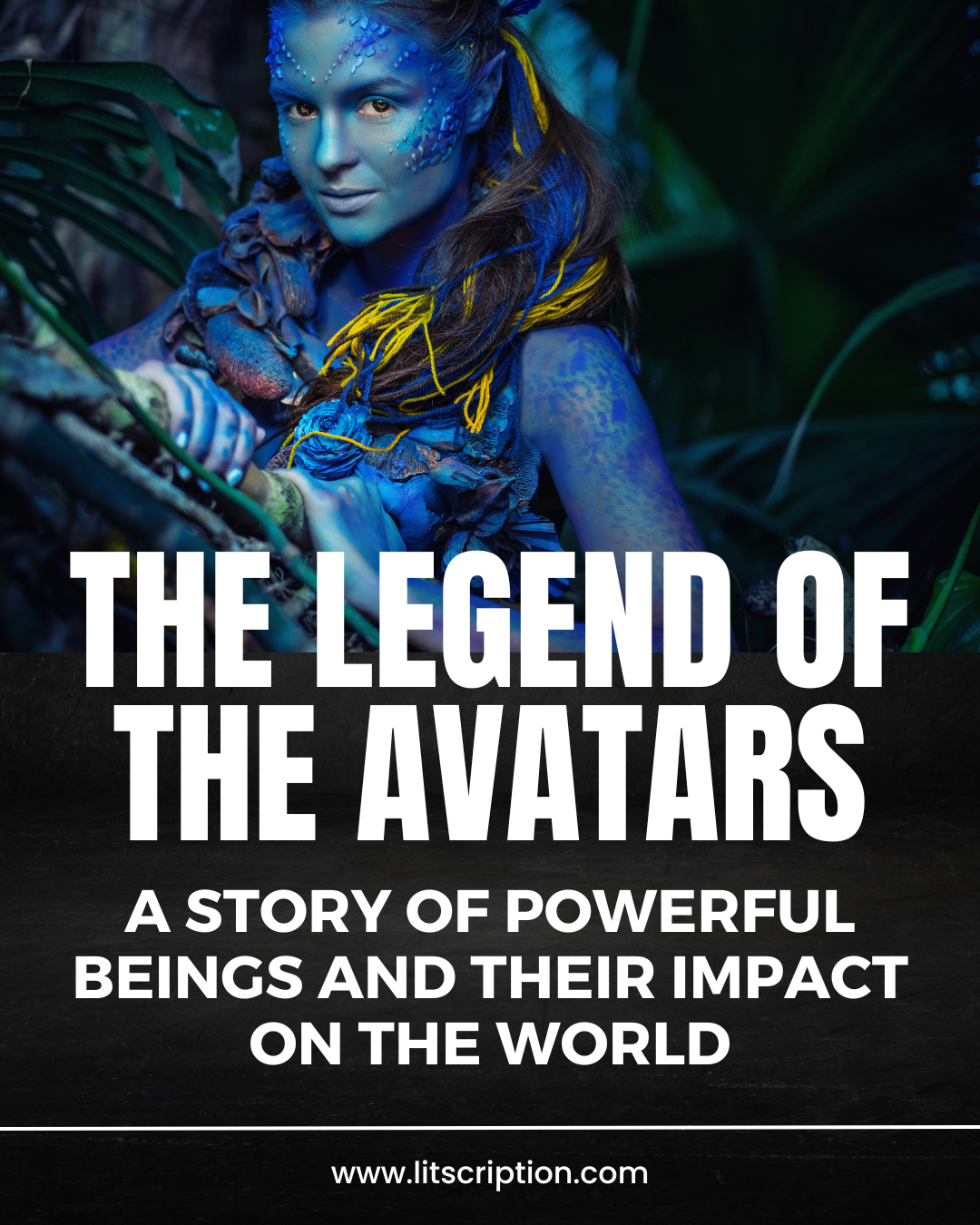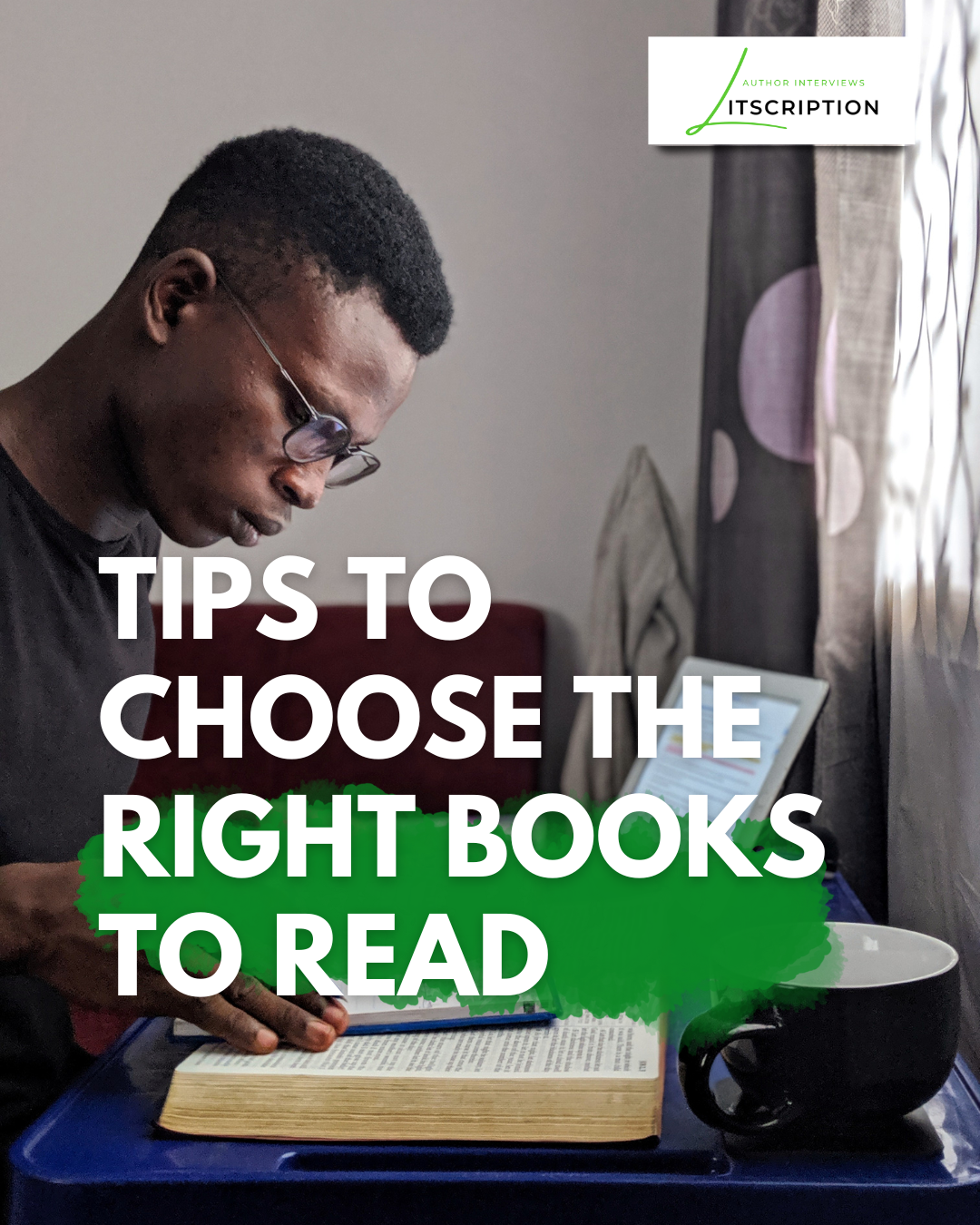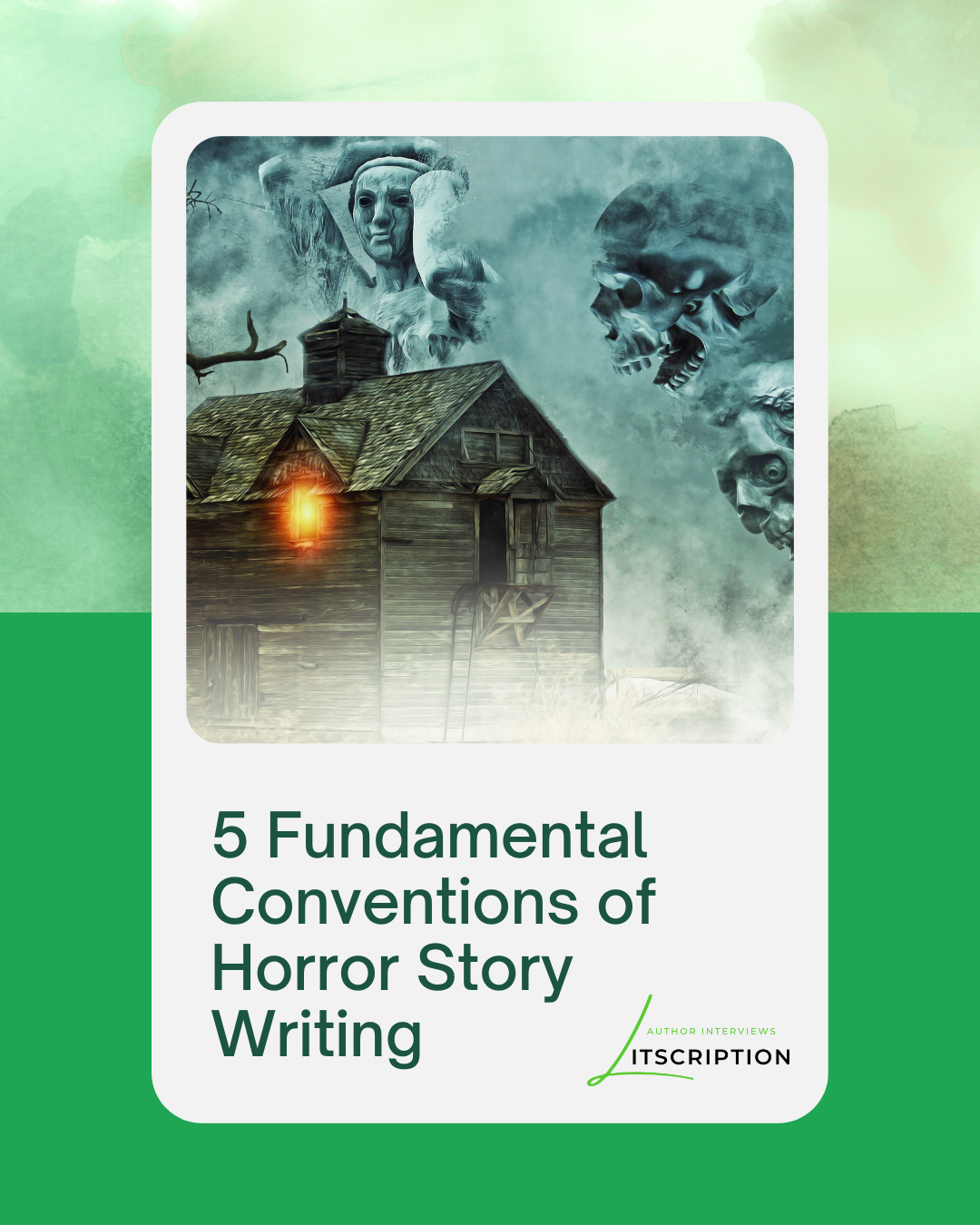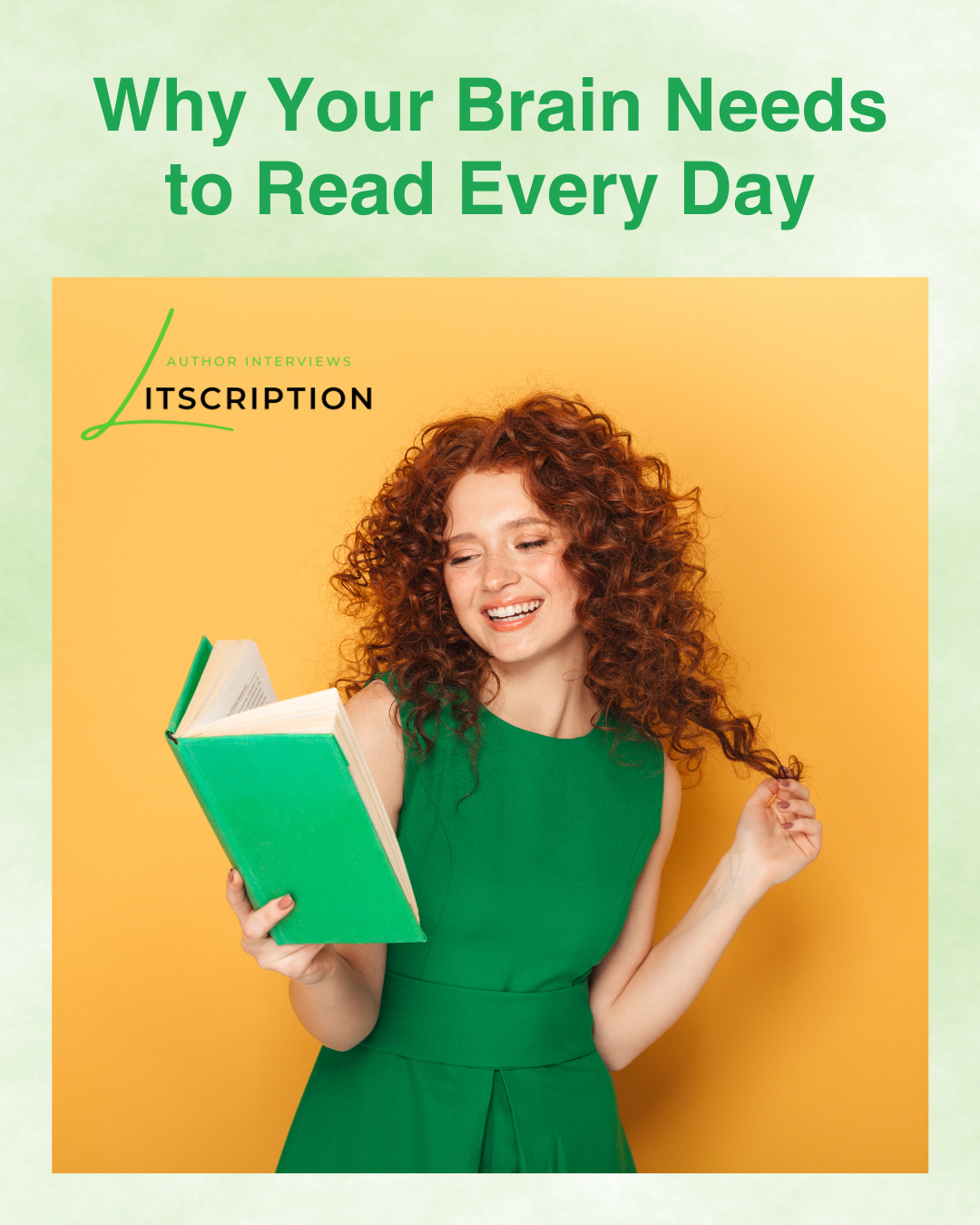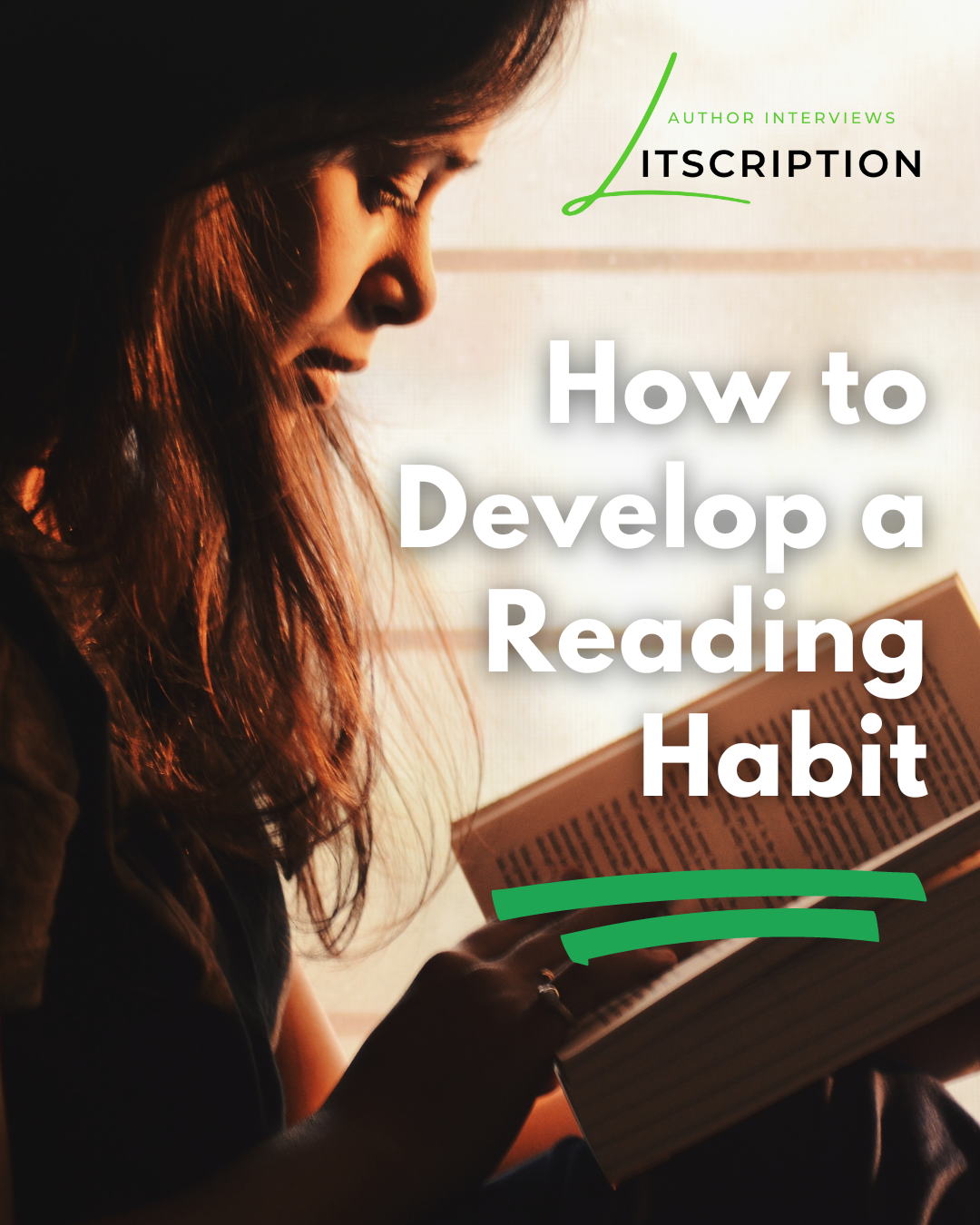Today we dive into the imaginative world created by talented author and illustrator, Renée DeVincent. Twiggy and the Lost Socks is a charming story, both in written word and illustration. The themes of the story and the vibrant illustrations are the focal points of our conversation. Renée explains how this theme is infused into the illustrations. Through the visuals, Renée hopes young readers not only enjoy the playful journey but also take away a sense of creativity and compassion. Our interview with Renée DeVincent’s offers a glimpse into the thoughtful process of creating Twiggy and the Lost Socks; from the colorful illustrations to the intentional choices, the creative journey, and the thematic depth.
Your book, Twiggy and the Lost Socks, is known for its vibrant and colorful illustrations. Could you tell us about the creative process behind designing these engaging visuals?
The creative process behind designing the vibrant and colorful illustrations is a multi-faceted journey that evolves alongside the story’s development. As I work on the written story, I generate multiple small sketch ideas that align with the narrative, allowing me to brainstorm and form a visual connection to the text. Once the story is more developed and paginated, I better understand where illustrations are needed and how they should fit within the layout.
I enter a brainstorming phase if the initial sketches don’t align seamlessly with the page layout. I like to use thumbnail sketches to explore different ideas. Once I have a better idea of what illustrations work, I create larger-scaled pencil and paper sketches, refining the illustrations’ details, layout, and dimensions. I intentionally use pastel chalk and pencils to infuse vibrant colors into the drawings. This choice of medium allows me to achieve the most dynamic and engaging colors, enhancing the emotional impact of the visuals.
When the illustrations are finished, I transition them into a digital form, where they are cleaned up and refined. This phase involves adjusting and fine-tuning the illustrations to ensure they harmonize with the text and layout. As the page layout becomes better defined, some illustrations may require alterations to seamlessly blend with the overall design. This can be done digitally. However, there are times when the changes are too significant, in which case the illustrations are redone. This creative process is a dynamic journey that involves various stages, from sketching and layout considerations to adding vibrant colors with chalk pastels and digital refinement. These steps work together to create engaging visuals that complement the story and enhance the storytelling experience.
What inspired the choice of such lively and vivid illustrations for this particular story?
The choice of lively and vivid illustrations for Twiggy and the Lost Socks was inspired by several key factors, each contributing to the overall storytelling experience. The central inspiration for such vibrant visuals is the story’s main character, Twiggy. Twiggy has a curious and exuberant personality, and I wanted the colors of the illustrations to reflect his boundless joy and enthusiasm. Using lively and vivid colors, the illustrations capture the essence of Twiggy’s character, making his adventures come to life visually engaging. Moreover, Twiggy and the Lost Socks is intended to be a fun and engaging story. The vibrant colors are pivotal in supporting the tone and atmosphere. They infuse the storytelling with energy and excitement, ensuring that young readers are drawn into the whimsical world of the narrative. The colorful illustrations contribute to the overall enjoyment and appeal of the book.
The choice of vibrant colors also reflects the vibrance of the fall season, which is the backdrop for the story. Autumn is a season known for its rich and warm colors, and I wanted to encapsulate that feeling in the visuals. This creates an immersive reading experience and enhances the story’s thematic connection to the changing seasons. These vibrant visuals contribute to the overall charm and appeal of the story, making it an enjoyable and visually striking reading experience for young audiences.
How do you believe these illustrations complement the cheerful, rhyming narrative?
The illustrations in Twiggy and the Lost Socks complement the cheerful, rhyming narrative in several ways. The bright and colorful colors in the illustrations create a mood of cheer, joy, and excitement, which harmonizes perfectly with the fun and cheerful rhyming narrative. Young readers are drawn into the story first by the bright colors setting the stage for the following fun rhyming. This visual appeal enhances the overall reading experience, making it even more enjoyable and immersive. If more muted or subdued coloring was employed, it could create confusion and conflict with the narrative’s intended tone. The vibrant colors reinforce the message of joy, curiosity, and enthusiasm conveyed through the rhyming text. This consistency between the visuals and the narrative helps young readers better connect with the story, fostering a sense of coherence and enhancing their understanding of the themes and emotions expressed in the book.
The story seems to revolve around a backyard adventure. How did you incorporate this setting into your illustrations, and what significance does it hold in relation to the story’s themes?
The story is deeply rooted in a backyard adventure inspired by a real-life encounter with a captivating backyard squirrel family. This whimsical moment unfolded when one of their nests unraveled, adorning the tallest tree with children’s socks, creating a scene reminiscent of Christmas ornaments. The revelation of their secret sock collection and the enchanting spectacle of the squirrels working tirelessly to restore their sock-studded nest left a lasting impression. The backyard setting is not just a backdrop but an integral part of the story.
It was the natural choice for this narrative where the adventure began. The significance of this setting is closely tied to the story’s themes. It symbolizes the beauty of discovery, the magic of everyday life, and the wonder found in the most ordinary places. The backyard represents a microcosm of nature and a playground for adventure, and it serves as a reminder that enchanting stories and moments of curiosity are often right in our backyards, waiting to be explored.
Rhyme is a prominent feature in your book. How does the rhyming scheme enhance or influence the visual elements in the illustrations?
The rhyming scheme plays a pivotal role in enhancing and influencing the visual elements of the illustrations. The rhyme’s fun and lighthearted verbal narrative directly contributes to the cheerful and happy mood of the story. As I created the illustrations, I took cues from the rhyming text to infuse the visuals with a sense of playfulness and whimsy. The rhyme guided the choice of colors, shapes, and overall composition, ensuring that the illustrations synced harmoniously with the rhythm and tone of the narrative.
The rhyming scheme is not just a literary feature; it actively influences and enhances the visual elements in the illustrations. It contributes to the overall mood and atmosphere of the story, ensuring that the visuals align with the rhythm and tone of the narrative, creating a delightful and harmonious reading experience for children.
Characters, like Twiggy, often come to life through illustrations. Can you share insights into the design and development process of Twiggy and the other characters, and how their visual depictions complement the story’s message?
The design and development of characters involved a thoughtful process to ensure their visual depictions harmonized with the story’s message. Twiggy, the main character, was inspired by a real-life encounter with a squirrel family. This whimsical experience infused Twiggy’s design with a lively and curious personality, aligning with the narrative’s joyful spirit. Other characters, mainly the girl in the story, underwent a similar consideration, with visual depictions tailored to enhance her role. The process involved sketching multiple iterations, refining each character’s features to convey their unique personalities and emotions. The goal was to create visuals that brought the characters to life and complemented the story’s overarching message.
For instance, the use of expressive facial features and body language in the illustrations aimed to authentically convey the characters’ emotions. Whether it was Twiggy’s sadness upon losing his found treasure or the girl’s joy when she decided to share her extra socks, the visual elements worked in tandem with the narrative to deepen the connection between readers and the characters.
Color plays a significant role in children’s books. How do you choose and use colors to create a mood or evoke emotions that resonate with young readers?
In my children’s picture books, color selection is intentional, aiming to create an immersive and emotionally resonant experience for young readers. I prioritize contrast for clarity, ensuring a focused visual experience. Colors are chosen to evoke specific emotions, using vibrant hues for joy and excitement and muted tones for reflection. For instance, lively colors accompany adventurous scenes, while subdued tones enhance moments of empathy. This deliberate use of color aims to establish a visual language that deeply connects young readers with the narrative, enriching their overall engagement with the story.
The theme seems both imaginative and relatable. How did you infuse this theme into your illustrations, and what do you hope young readers take away from it?
The theme resonates universally, making it relatable, even for the youngest readers who may have experienced the frustration of a missing sock. In Twiggy and the Lost Socks the illustrations play a pivotal role in bringing this theme to life. Most of the spreads incorporate a sock, a central element in the plot, to evoke the emotions tied to losing, finding, and sharing socks. By weaving the sock into various scenes, the illustrations enhance the narrative and spark young imaginations to consider the whimsical possibilities of where a lost sock might end up.
Through these visuals, I hope young readers not only enjoy the playful journey of Twiggy and the sock but also take away a sense of creativity and compassion. The story encourages imaginative thinking while imparting the values of empathy and sharing. Ultimately, I aspire for the illustrations to leave a lasting impression on young minds, turning the simple concept of a lost sock into a delightful and thought-provoking adventure.
Do you have a specific audience in mind when creating these illustrations, and if so, how do you adapt your visuals to cater to their age group or understanding?
I have a broad audience in mind when crafting illustrations for my children’s picture books. The intended readers are primarily younger children who may not be reading independently yet. However, considering that educators, caregivers, delayed readers, and older kids who enjoy picture books are also part of the audience, I aim to create visuals that resonate across this diverse spectrum.
The challenge lies in creating illustrations that appeal to a wide age range. I recognize that, even without the accompanying words, art has the power to be appreciated at any age. Hence, I focus on crafting colorful and beautiful illustrations that stand alone as captivating visuals. This approach ensures that whether it’s a caregiver reading to a toddler or an older child exploring the book independently, the illustrations provide an enriching and visually appealing experience for all.
Could you elaborate on the process of collaboration between the writer and the illustrator? How did you work together to ensure the visuals aligned with the cheerful and rhyming narrative?
Illustrations play a pivotal role in children’s books. In some respects, they are as important as the words themselves. The perfect synergy between words and images brings a story to life in a way that resonates deeply with young readers. For the Twiggy and the Losts Socks project, I was uniquely positioned to be both a writer and an illustrator. However, when I collaborate with other illustrators on projects, I’m already well-versed in their world, and this familiarity eases the collaborative process.
In my collaborations, I greatly value the talents and creativity of the illustrator, and I make it a point to provide them with the space and creative freedom to bring their unique vision to the table. While stepping back and allowing the illustrator to shine can be challenging, I approach it with mindfulness and a collaborative spirit. This collaborative approach often yields the best solutions, as it brings together the strengths of both the writer and the artist, resulting in a visually captivating and emotionally engaging experience for young readers.
What challenges did you face, if any, in creating these colorful illustrations for? How did you overcome them?
Creating colorful illustrations for Twiggy and the Lost Socks presented challenges, primarily when deciding which parts of the narrative to depict and emphasize on a particular page or spread. The illustrations needed to enhance the narrative without distracting from it, so making the right choices was crucial.
One approach to overcoming these challenges was to seek feedback from the target audience, especially children. Their input is invaluable, as they offer a fresh perspective on which illustrations resonate most with them. This helps ensure that the visuals align with the intended impact of the story and cater to the young readers’ preferences.
Additionally, collaborating with fellow illustrators and colleagues in the industry was another helpful strategy. Their insights and experience can provide valuable feedback and alternative viewpoints. This collaborative process allows for a more well-rounded assessment of the illustrations. It helps make informed decisions on visually bringing the narrative to life.
Find the author
Twiggy and the Lost Socks
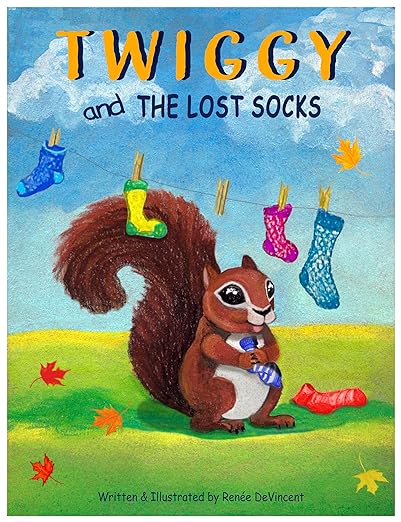 Colorful illustrations and cheerful rhyming, this engaging story will leave both kids and adults feeling uplifted and connected.
Colorful illustrations and cheerful rhyming, this engaging story will leave both kids and adults feeling uplifted and connected.
This heartwarming tale follows the adventures of a young squirrel and his family. One day, Twiggy finds something soft and fuzzy. A treasure that will keep him warm during the winter. Unknown to him, it belongs to a girl who is searching for her lost sock.
What will happen when the girl discovers Twiggy has her sock? Will Twiggy get to keep the sock? Follow along as Twiggy navigates the complex emotions that come with meeting new people and having unexpected experiences. Cheer Twiggy along as he learns, with the support of his Mama, essential lessons about judging others.





